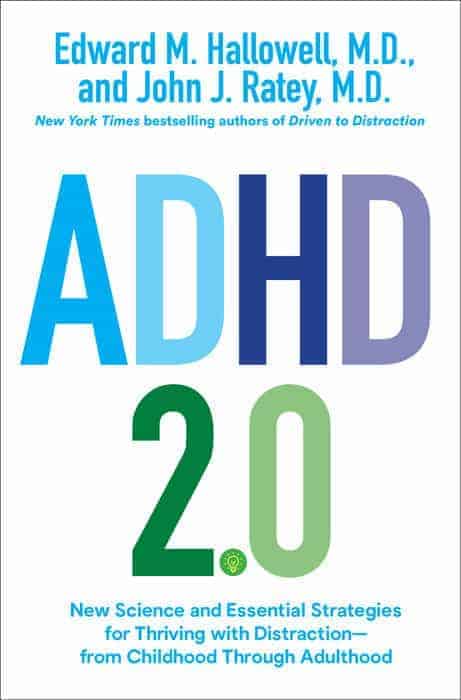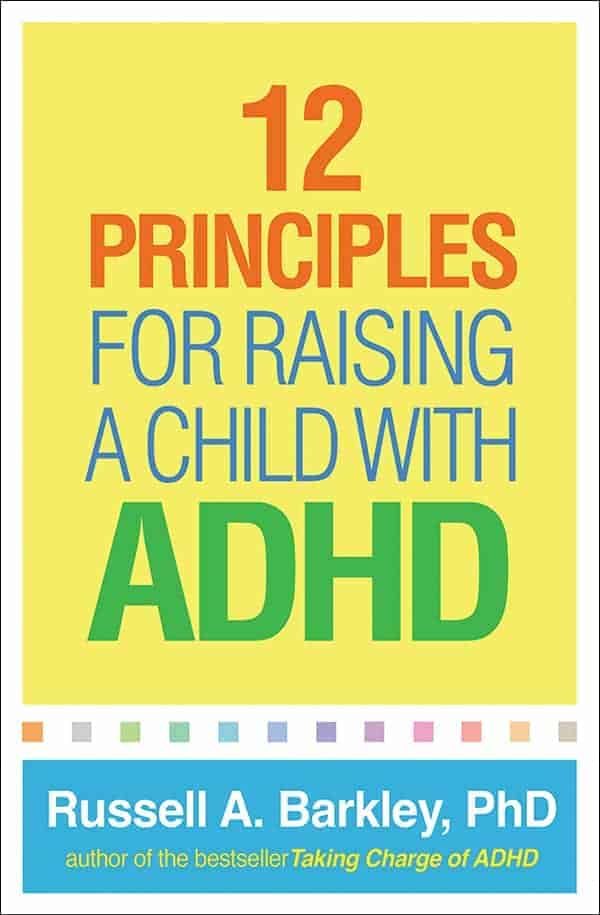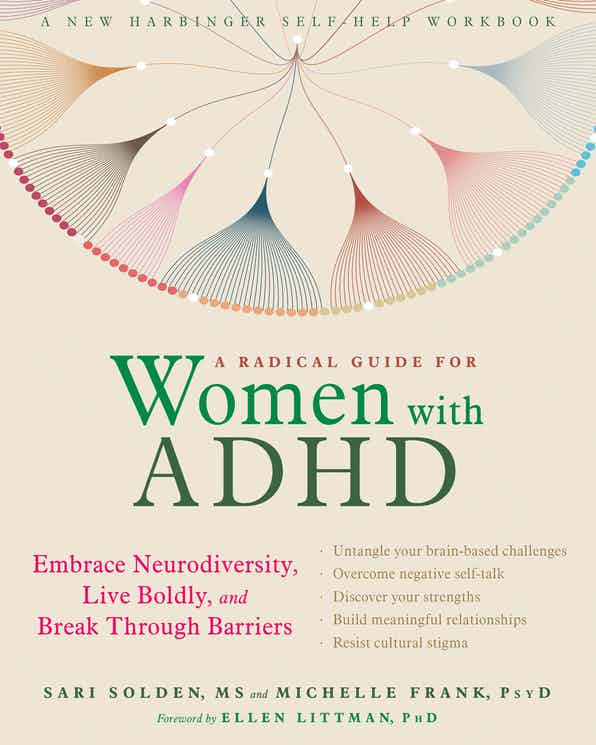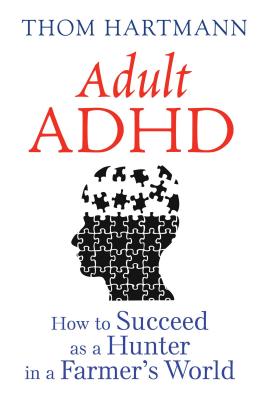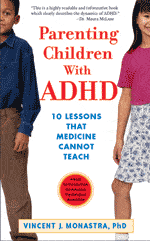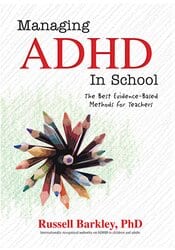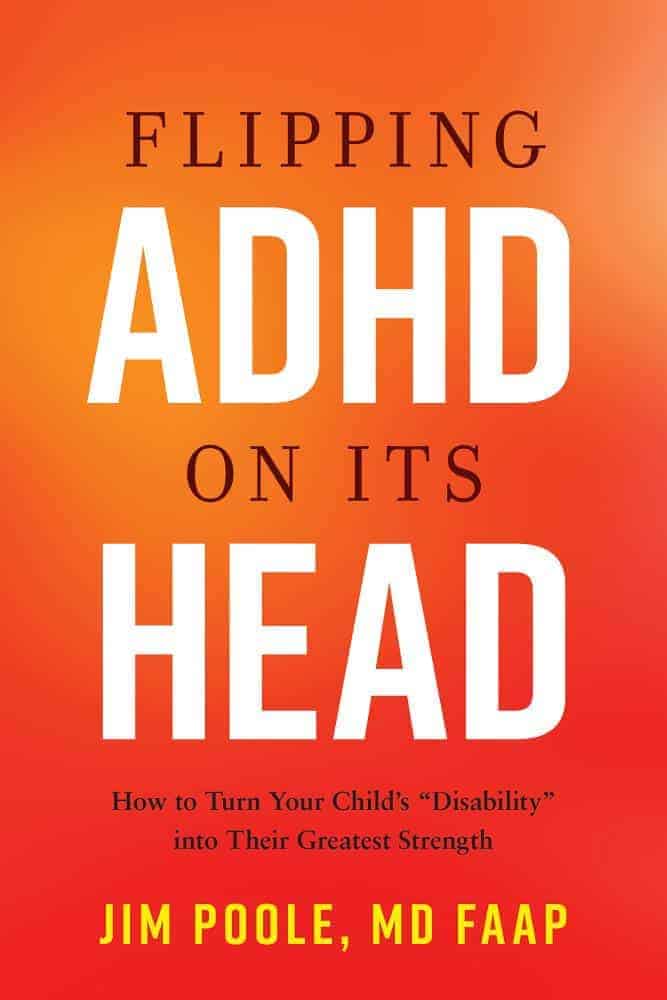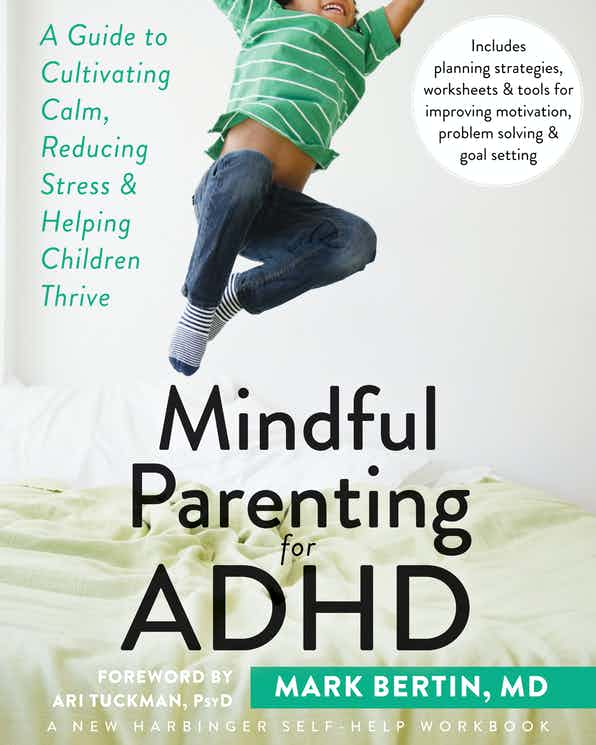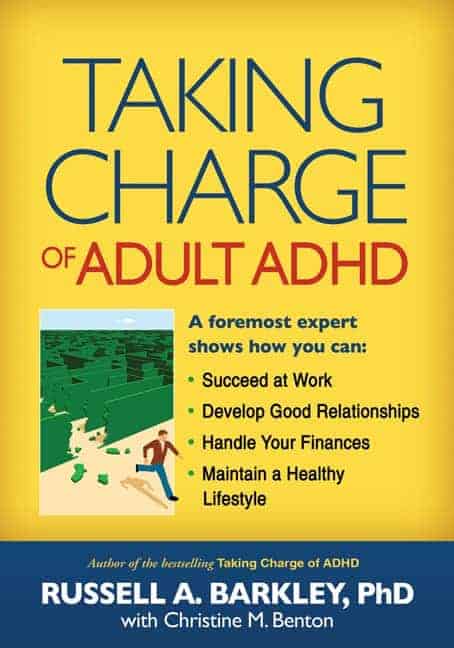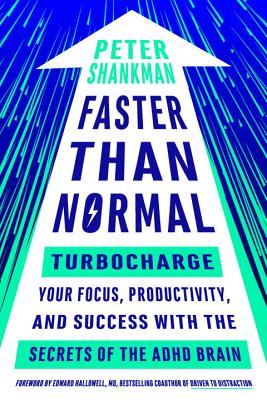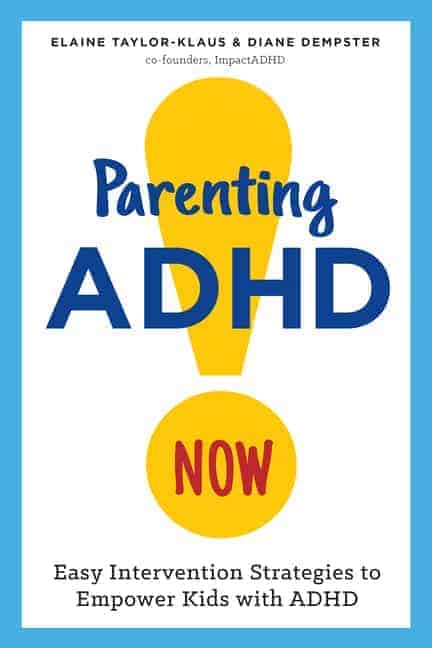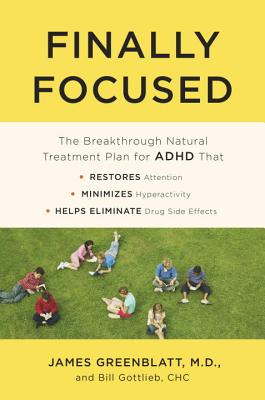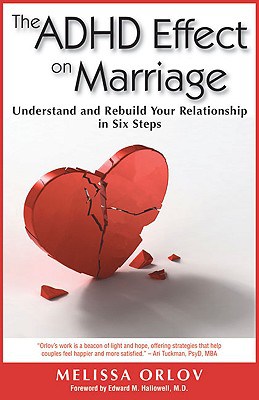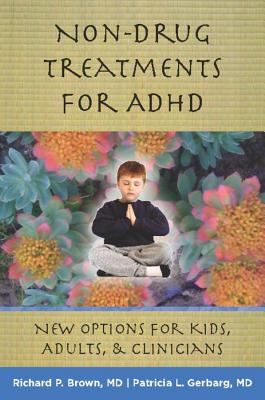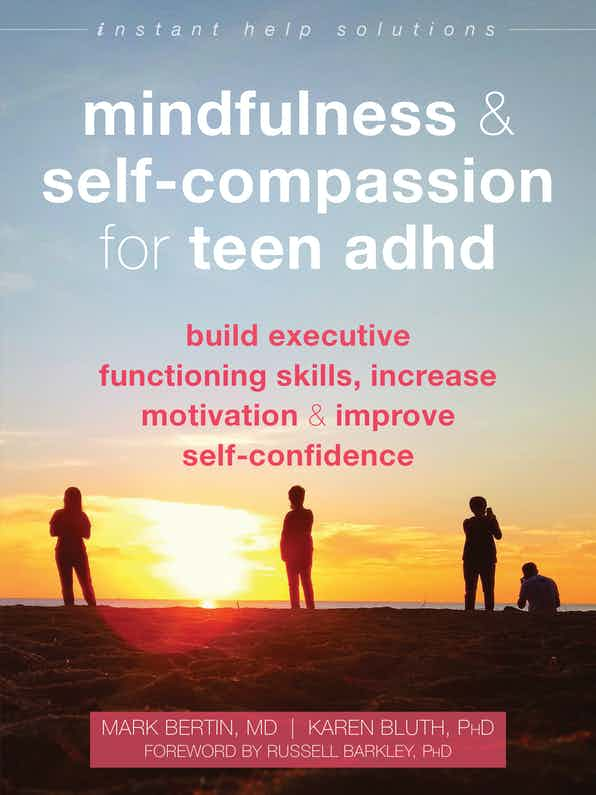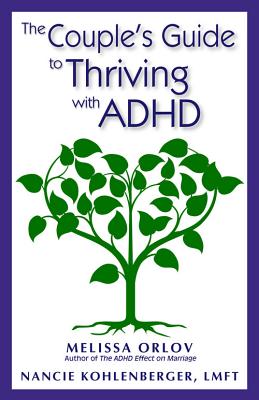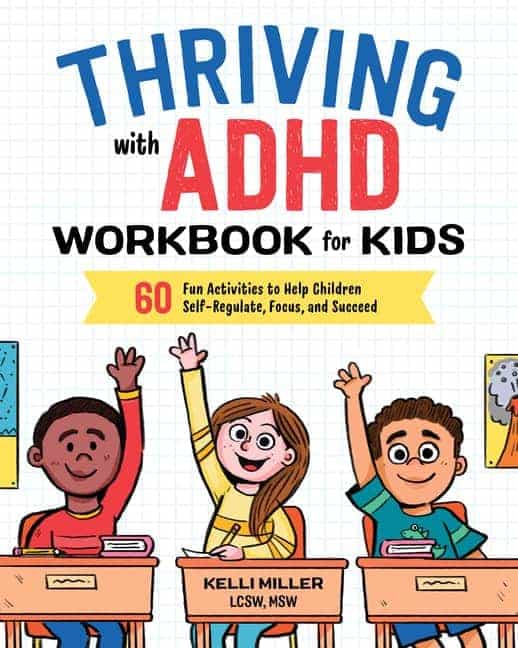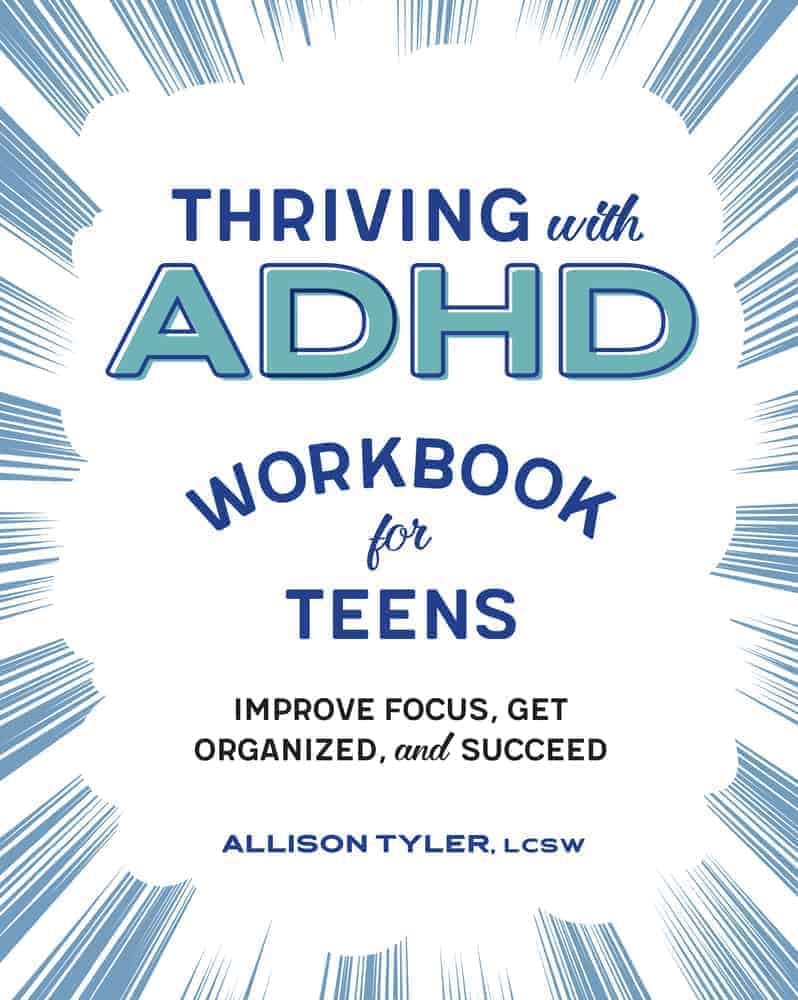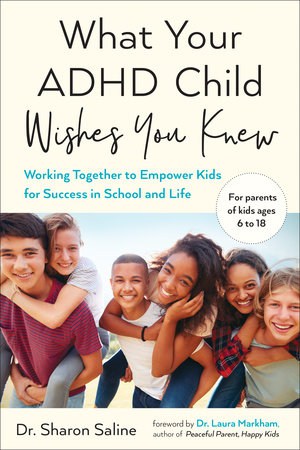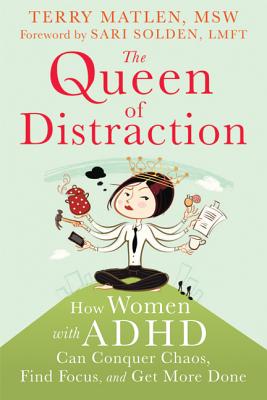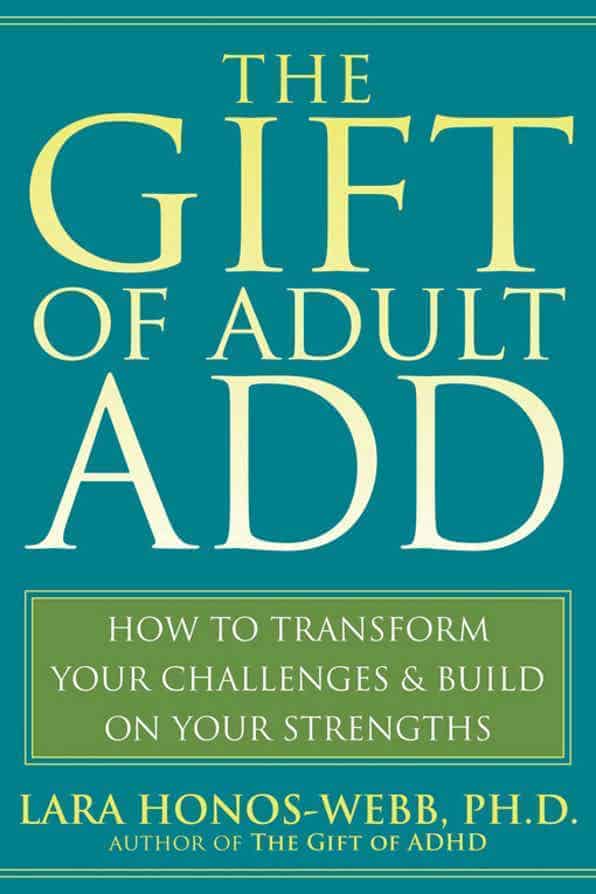Mental Health and Conditions
ADHD: Overview
Gia Miller July 7, 2021

Contents
- Overview
- What Is ADHD?
- What Are the Symptoms of ADHD?
- Causes and Risk Factors of ADHD
- How Is ADHD Diagnosed?
- Treatments for ADHD
What Is ADHD?
Attention-deficit/hyperactivity disorder (ADHD) is a neurodevelopmental condition that affects about 5% of children and 2.5% of adults worldwide.1 According to the American Psychiatric Association’s Diagnostic and Statistical Manual of Mental Disorders (5th edition; DSM-5), ADHD consists of a long-standing pattern of inattention and/or hyperactivity-impulsivity that interferes with daily life or healthy development.1
ADHD is a chronic condition that can affect people as young as 3 years old. It is considered one of the most common neurodevelopmental disorders of childhood and, for the majority of people, continues through adulthood.2 Among children and adolescents, ADHD is currently the third most common mental health disorder globally.3 Generally, boys are diagnosed with ADHD more often than girls, but diagnostic rates do not necessarily reflect real-world prevalence; studies have shown that ADHD is often hidden in girls because the symptoms are not as externally evident.4
The symptoms of ADHD in adults often appear different from those in children and teens because individuals either have been taught coping strategies or have developed their own. Because more boys than girls are diagnosed with ADHD, a significant portion of women with ADHD are not diagnosed until adulthood. Late diagnosis and treatment can increase the number of struggles individuals face as adults.5
What Are the Symptoms of ADHD?
According to the DSM-5, symptoms of ADHD fall into two main categories: (1) inattention and (2) hyperactivity-impulsivity.1 Some scholars have suggested that the DSM-5 should include emotional impulsivity as one of the main symptoms because it contributes to additional struggles not included in the other categories.6 Another feature not listed as a diagnostic criterion in the DSM-5 but common in individuals with ADHD is a deficiency in social skills.
Inattention
Inattention refers to a wandering mind and difficulty remaining focused for long periods. Inattention can cause people to lose focus on tasks they attempt to complete or on people with whom they are speaking. Many people who experience inattention are disorganized and lack the persistence to follow through on assignments or projects. People who are unfamiliar with ADHD may interpret these symptoms as defiance or lack of understanding.7
Hyperactivity
Individuals with hyperactivity often constantly move around, even when it is unnecessary and/or inappropriate to do so. For example, they may often fidget, tap, or talk when trying to remain still. Among adults, hyperactivity can present as extreme restlessness.7
Impulsivity
Individuals with impulsivity seek instant gratification and often act before they think. They may also say or do things they should not or make important decisions without considering the consequences. They may appear to lack social skills and may repeatedly interrupt others.7
Emotional Impulsivity
Emotional impulsivity is defined as “a deficiency in both the effortful (executive or cognitive) inhibition and the top-down self-control of emotions in general and particularly those pertaining to the self-regulation of frustration, impatience, and anger.”8 Although it is not included as a symptom in the DSM-5, psychologist Russell Barkley, a world-renowned ADHD expert, has argued that emotional impulsivity is a defining feature of ADHD. He has also suggested that this symptom may be essential to better understanding the emotional and social struggles common in the lives of people with ADHD.8
Social Skills Deficits
Children and even adults with ADHD can have limited social skills. This scenario is believed to be caused by their difficulty paying attention to others, following instructions, regulating their emotions, and having conversations.9 While many children with ADHD participate in social skills groups to learn the rules surrounding social interaction, recent research indicates that it is not a child’s lack of knowledge about social skills that causes their struggles; rather, it is their inability to use those skills regularly that contributes to social difficulties.9
Changes in ADHD Symptoms in Teens and Adults
Although symptoms related to ADHD can appear to change over time, research in the past decade has indicated that an individual’s core symptoms may not change as much as previously thought. For example, scientists have long suggested that hyperactive-impulsive symptoms decrease as individuals age. However, more recent research reveals that hyperactivity in children instead likely transitions from external behavior (e.g., constantly moving around) to internal sensations (e.g., always feeling excitable, restless, or activated as people grow older.10,11 Additionally, when a family member or colleague intervenes and handles some or many of the functions that present difficulty for the person with ADHD, the latter may then appear to outsiders to be more functional and to have fewer symptoms than before—whether the symptoms have decreased or not.
Causes and Risk Factors of ADHD
Although researchers have not identified a single or definitive cause of ADHD, one significant risk factor is genetics. If a parent or sibling has ADHD, other children in the family are at a higher risk for receiving an ADHD diagnosis.12 Other possible causal factors include cigarette smoking and alcohol use during pregnancy, low birth weight, and traumatic brain injury.12
A link between ADHD and certain environmental toxins may also exist. In the past few decades, the number of children with ADHD has dramatically increased. As a result, researchers have begun studying the possible link between ADHD and early and excessive exposure to different kinds of environmental toxins, such as lead, mercury, polychlorinated biphenyls (PCBs), and polyvinyl chloride (PVC).13
Co-occurring Disorders
Individuals with ADHD often have other conditions as well. Some of the most common co-occurring disorders are as follows:1,14
Oppositional defiant disorder (ODD)
A childhood behavioral disorder characterized by the individual repeatedly acting out or losing their temper.
Conduct disorder (CD)
A behavioral disorder diagnosed in children who have a pattern of aggression toward others.
Disruptive mood dysregulation disorder (DMDD)
A mental health condition that can affect children and adolescents and is characterized by excessive displays of irritability or anger.
Specific learning disorder (SLD)
A disorder in which a person has difficulty learning skills in one or more academic areas, including reading (dyslexia), math (dyscalculia), and writing (dysgraphia).
Anxiety disorders
Mental health conditions that occur when fears and worries interfere with an individual’s daily functioning; examples of anxiety disorders include separation anxiety disorder, social anxiety disorder, and generalized anxiety disorder.
Depressive disorders
Depressive disorders entail persistent feelings of sadness and/or hopelessness, loss of interest in activities, and difficulty focusing.
When ADHD or any of these co-occurring disorders are undiagnosed or misdiagnosed, children may experience even greater difficulty learning the skills they need to cope with ADHD symptoms. Simultaneously, parents and teachers may also struggle to understand and help the child.
How Is ADHD Diagnosed?
ADHD can be diagnosed by medical doctors, such as pediatricians, psychiatrists, neurologists, and mental health professionals such as psychologists and neuropsychologists. Because people with ADHD may have co-occurring conditions and many ADHD symptoms overlap with those of other conditions, each possible case should be evaluated by a professional who understands and has experience diagnosing ADHD.
Before being diagnosed with ADHD, a physician or mental health practitioner should rule out other conditions that might mimic symptoms of ADHD. These conditions include the folllowing:1
- anxiety disorders
- autism spectrum disorder
- conduct disorder
- developmental coordination disorder
- intellectual disability
- language disorder
- learning disorder
- mood disorders
- oppositional defiant disorder
- sleep disorders
- tic disorder
ADHD is most often diagnosed in school-aged children. An ADHD diagnosis requires a combination of a medical or psychological evaluation and assessments from parents, teachers, and other adults who regularly work with the child. For a teen or adult to receive an ADHD diagnosis, several inattentive or hyperactive-impulsive symptoms must have been evident before the age of 12.1
Diagnosing ADHD in preschoolers and teenagers can be complicated, but it is possible.4 For a preschooler, it can be challenging to obtain comprehensive observations from individuals other than the child’s parents or guardians. Similarly, obtaining comprehensive observations in teenagers may be a challenge as they have multiple teachers in high school and may not spend as much time with their parents as they did when they were younger.
There are no standard requirements for diagnosing ADHD in adults. Mental health professionals will often ask questions about the individual’s childhood and experiences at school. They may also speak with the individual’s spouse, close friends, and colleagues. Some professionals will also administer neuropsychological tests that evaluate domains such as working memory, executive functioning, and visual-spatial reasoning.15
To meet the criteria for a diagnosis of ADHD, an individual must demonstrate six or more symptoms (at least five in older adolescents and adults) of inattention and/or hyperactivity-impulsivity. The symptoms must have been present for at least 6 months, must occur in at least two settings (e.g., home, school, or work), and must significantly interfere with an individual’s social, academic, or work performance.1
If the individual meets these criteria, they will receive a diagnosis of one of the following:
- ADHD, predominantly inattentive presentation
- ADHD, predominantly hyperactive-impulsive presentation
- ADHD, combined presentation
Treatments for ADHD
ADHD treatments include psychosocial treatment, medication, and lifestyle changes. Professionals often recommend that treatments be combined for each one to work successfully.
Psychotherapy and Psychosocial Treatments
Psychosocial treatments combine psychotherapy and social training. Examples include the following:7,16,17
- behavior therapy
- cognitive behavior therapy
- family or couples therapy
- parent training
- school-based interventions that focus on changing behaviors
Parents often benefit from7
- stress-management and self-care practices, and
- support groups.
Psychosocial treatments are explicitly designed to help children learn how to18
- behave better at school,
- form and maintain better relationships with their peers and siblings,
- better listen to and take instruction from adults, and
- form and maintain better relationships with their parents
When learned during childhood, these skills will remain useful throughout an individual’s life.
Behavior therapy
Behavior therapy can be effective for children with ADHD.17 A behavior therapist will work on various ADHD-related issues, such as completing schoolwork, self-monitoring behavior, and organizing tasks.9
In addition, behavior therapists might teach children how to improve social skills, such as the following:7
- asking for help
- reading facial expressions
- recognizing an individual’s tone of voice
- responding appropriately to peers and adults
- sharing toys
- waiting their turn
Behavior therapists can also help children process emotionally difficult events. Additionally, they often work with parents, teachers, or other family members to create reward systems and routines for children to utilize outside the therapy session. These structures can help children learn how to manage some of their ADHD-related symptoms.7
Cognitive behavior therapy
Cognitive behavioral therapy (CBT) is an evidence-based form of talk therapy anchored in altering negative cognitive processes and behavioral patterns. CBT is a short-term, goal-oriented therapy administered by a psychotherapist, either face-to-face or via teletherapy or online sessions.19 It can also assist individuals with ADHD to work through any negative self-talk to feel more confident about themselves and their abilities. This form of therapy can also help individuals become aware of their thoughts and how some forms of thinking can lead to troublesome behaviors.7
CBT can also include teaching a person a variety of mindfulness techniques they can use during their daily life to help them more effectively deal with their thoughts and feelings.7
Family and couples therapy
If a child’s ADHD has impacted everyone in the home, family therapy can help parents and children work through their difficulties and discover better ways to manage problematic behaviors. It can also help the other family members support and encourage the child with ADHD to make adaptive changes.7
Adults with ADHD often struggle with executive functioning skills, like time management, organization, and planning, in addition to self-esteem and relationship issues.5 These difficulties can unintentionally strain a partner if they feel tasked with a lot of the “heavy lifting” in the relationship. Couples therapy may help both partners learn how to better communicate and support each other in the context of an ADHD diagnosis.
Parent training
Parent training programs teach parents how to create and execute reward systems that encourage their child’s positive behaviors. These programs also teach parents how to give immediate and positive feedback to encourage certain behaviors and ignore or redirect to discourage unwanted behaviors. Parents may also learn how to provide extra support to their children in certain stressful situations.7,17
School-based interventions
Experts at schools often create specific plans to help children improve their behavior, both in the classroom and while socializing. A specialist will develop a personalized behavior plan that uses research-informed strategies to help the child with their specific challenges. Typically, these programs include a daily plan sent to the parent at the end of each day and a rewards program. Rewards can be given at school or home, depending on a variety of factors.7,17
Medication
ADHD medications are designed to help children and adults manage their symptoms during everyday life. Medications can reduce hyperactivity-impulsivity and improve an individual’s ability to focus, work, and learn.7,19
The Food and Drug Administration has approved several different types of medications to treat children as young as 6. They each fall into one of two categories:7,17,20
Stimulants
These reduce symptoms in most individuals with ADHD and are the most common type of medication used. They are designed to stimulate the two neurotransmitters (norepinephrine and dopamine) that are deficient in the brains of people with ADHD. Medications are taken daily and begin to work soon after they are taken, but they wear off by the end of the day. Stimulant medication comes in two forms:
- Instant release: The entire dose is released upon taking it.
- Extended release: The dose is steadily released over the course of several hours.
Nonstimulants
For individuals who are unable to take stimulants or for whom they have not been effective, two medications that were initially designed to treat high blood pressure, clonidine and guanfacine, can be used. They activate receptors in the brain that react to neurotransmitters. These medications do not work as quickly as stimulants, but their effects can last up to 24 hours.
Medications for ADHD can have side effects, and it can take time to find the proper medication and dosage. Often, individuals try more than one type of medication or dose before finding what works best for them. When starting ADHD medication, people work closely with their doctor, checking in frequently to discuss how they feel, any side effects, and if they believe the dose is effective. 7,17,20
A combined approach (i.e., medication plus therapy and psychosocial treatments) can yield even greater benefits for a person with ADHD.17
Lifestyle Modifications
In addition to standard ADHD treatments, research has shown that living a healthy lifestyle can lower ADHD symptoms.21 Components of a healthy lifestyle for a person with ADHD include the following:22
Exercising
For some people, exercise can increase their ability to pay attention. It can also decrease hyperactivity.
Getting enough sleep
For many individuals, especially young children, the amount and quality of sleep can affect the severity of ADHD symptoms.
Spending time outdoors
Research has shown that nature can improve people’s mood and concentration, whether experienced through gardening, visiting a park, or taking a hike.
Participating in support groups
It can be beneficial for individuals with ADHD to connect with others who understand their specific struggles and challenges.
Practicing yoga or another form of mindfulness
These activities can increase some people’s ability to pay attention and be present in the moment.
Eating healthy foods, including foods that are high in protein
Protein can provide a steady energy source because it is slow to metabolize in the body. If a person with ADHD is low on energy, they may be more impulsive and have more difficulty concentrating.23








